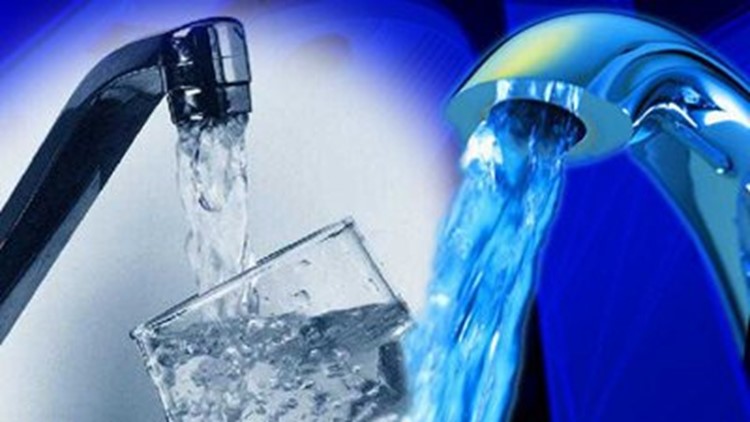HARRISBURG, Pa. –The Pennsylvania Department of Environmental Protection has issued a response to a report last week that some commonwealth cities and municipalities had lead exposure rates as higher or higher than reported in Flint, Michigan.
An analysis of public water systems in Pennsylvania cities with high lead exposure rates shows that drinking water is not the source of the lead. Out of the more than 150 public water systems reviewed by the Pa. DEP none had exceeded EPA standards for lead in the drinking water. The water systems tested serve more than 6 million people, nearly half of the residents of the state.
“We can definitively say that none of these 159 water systems have exceeded EPA action levels for lead. This eliminates one of the possible sources for the exposure,” said DEP Secretary John Quigley. “DEP has regulations and programs in place to monitor lead levels in drinking water, and they are working.”
According to Department of Health, the primary source of childhood lead poisoning in Pennsylvania continues to be exposure to aging, deteriorating lead-based paint (chips and dust), and not drinking water. The age of Pennsylvania’s housing stock contributes to this problem. While lead was banned from paint in 1978, many older dwellings still contain layers of pre-1978 paint. According to 2010 Census data, Pennsylvania ranks third in the nation for having the most housing units identified as having been built before 1950 (when lead was more prevalent) and fourth in the nation for housing units identified as having been built before 1978, according to a 2014 Department of Health report.
Public water systems must regularly sample water from the homes they serve. These tests target homes known to have lead pipes, lead solder, or lead service lines. The EPA action level for lead is 15 parts per billion (ppb) or 0.015 milligrams per liter. If 90% of tested homes are below the 15 ppb action level, a water system is considered safe.
Pennsylvania residents on public water systems can see the results of the most recent testing by visiting DEP’s Consumer Confidence Report and searching by their water system name or by the county they live in (on the results page, contaminant 1022 is copper, 1030 is lead).
Pennsylvania residents are encouraged to visit www.dep.pa.gov/lead for more information on lead in drinking water.
The Department of Health provides a toll-free Lead Information Line (1-800-440-LEAD) to respond to caller questions and provide electronic materials about lead poisoning and other environmental hazards. For more information, please also visit the Healthy Homes and Lead Poisoning Prevention FAQ.



